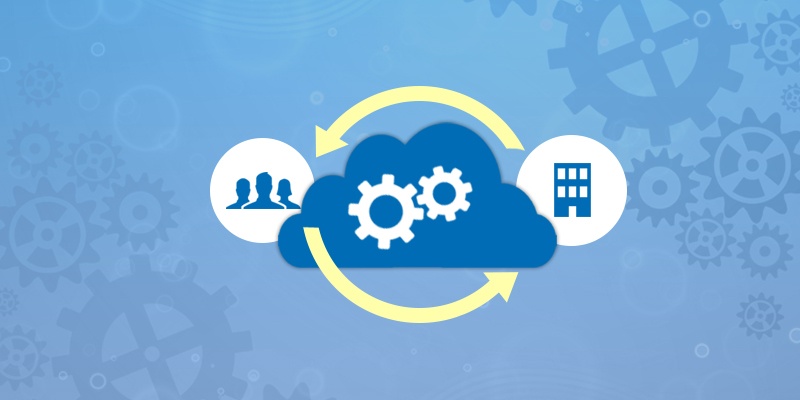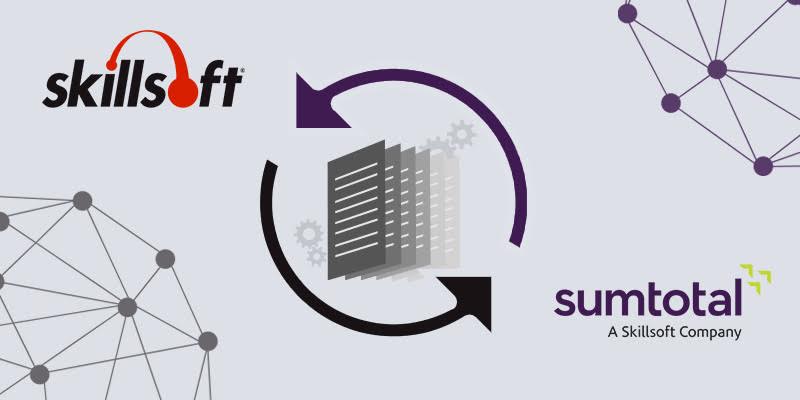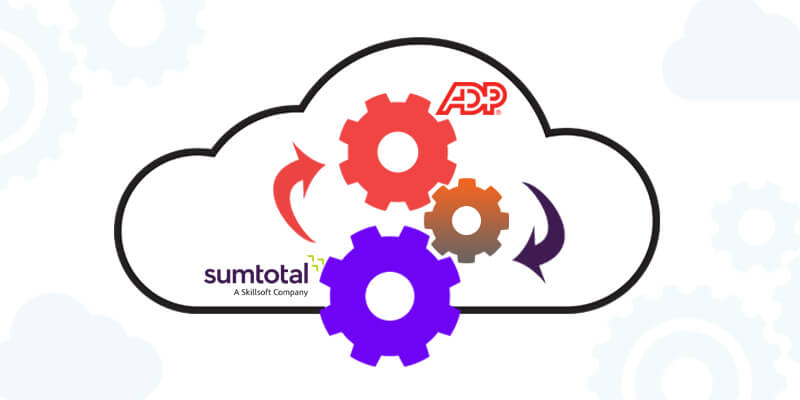


Integrating Salesforce with SumTotal (sumtotal salesforce integration) has never been easier. Both companies are making their platforms easy to integrate with other enterprise applications, and it is now possible to connect them with a few clicks in a simple interface. The expensive, time-consuming technical integrations of the past are no longer necessary.
SumTotal’s partnership with Snap Logic has made integrations stronger than ever. Snap Logic’s support of Webhooks enables your integration to send small, lightweight updates immediately when events happen in SumTotal instead of the usual large, resource-consuming daily or weekly file transfers. You will have real-time learning updates, reporting, and analytics.
LMS integration puts learning opportunities, tracking, and learning achievements in a Salesforce learning tab alongside your users’ everyday activities. It removes barriers to learning and sales excellence with a seamless user experience. Your users have access to the information they need when they need it.
The combined power of Salesforce and SumTotal can have a significant impact on your organization by empowering people to take charge of meeting their needs. We have listed here four ways that will help your company succeed.
Once you complete the integration, sales training, and product training opportunities will live in the Salesforce learning tab. By providing just-in-time micro-learning in Salesforce, you will allow your sales staff to develop their skills and knowledge while the need is fresh in their minds.
Your sales team will have their learning progress, achievements, and opportunities inside the application when they accomplish their daily tasks. It removes learning as a separate activity and makes it a seamless part of the sales experience.
Insights into course progress and completion for their users give your administrators the ability to assess learning needs and respond to them immediately. Your administrators will appreciate real-time data and capacity to run training reports from Salesforce. They will know what is working and what isn’t and will bring that information to the people who design the learning experience.
Real-time analytics will give your business leaders the intelligence they need to make better-informed decisions. They can correlate learning data with sales performance and better target areas of need. It will enable them to see the impact of training on revenue in real time.
Providing learning to customers can increase customer loyalty, boost sales, and grow your brand. Consumers and business buyers now expect instant information on how to use a product and will quickly switch providers if they don’t have a positive experience.
One of the best examples of a customer learning strategy is the Orvis Learning Center. The company is a provider of outdoor gear, clothing, and fly fishing and hunting equipment. The learning center contains a library of tutorials and videos on every product topic, from how to care for a dress shirt to how to keep your senior dog healthy. It has the most extensive learning library on fly fishing in the world. Orvis does not compete on price. It competes on quality and learning.
Another example is the extensive do-it-yourself learning libraries in the major home improvement stores. Each project has a list of tools and materials, driving both online and store sales.
Manuals for technology products are a thing of the past. Companies now provide online installation guides and tutorials.
We can’t think of a business that can’t benefit from some time of customer learning.
We are sure you will find many benefits beyond the four we have mentioned here. Integrating Salesforce and SumTotal is easy to do, and it can have a powerful effect on your organization. Let the power of integration drive your business to better results.

Workday® is the employee system of record for many enterprises. These companies also have human capital management platforms from other vendors to handle the unique needs of their businesses.
To enable these platforms to work together, Workday® provides a variety of tools designed to manage the flow of data between them. These include open, standards-based web services, the Workday® Integration Cloud Platform, Enterprise Interface Builder (EIB), and Workday® Studio, a sophisticated tool for skilled developers
Workday® Integration Cloud provides pre-built connections with other enterprise applications. Workday® provides and manages the connectors. However, there is no default connector available for SumTotal, so most customers end up doing custom integrations.
Workday® eases the pain for ElixHR customers with pre-built integration for Workday®, but for customer who have SumTotal Learn or Perform without the ElixHR integration add-on, the need for a custom solution remains.
The solution is to use EIB to send data from Workday® to SumTotal, and a custom Workday® Studio integration to bring training data back into Workday®.
For the EIB integration, create a custom report in Workday® with the following data:
Create transformation steps in EIB to format the data to SumTotal DSU specifications and generate a flat file for processing into SumTotal Learn using the nightly process.
For the data transfer from SumTotal to Workday®, build a custom Studio integration in Workday® to receive SumTotal roster management web services to pull activity completions. This will allow you to retain training information in Workday® for reporting, employee development, and succession planning.
Be sure to schedule the activities for the overnight data feed so records are up to date. Since Workday® is the system of record, we recommend transferring the EIB file to SumTotal before processing the SumTotal file for Workday®.
We hope this helps you manage your integrations so you can achieve the full performance value of both platforms.

SkillSoft is the leading provider of off-the-shelf learning content, and SumTotal is a popular vendor of learning management systems. Together, they use an Open Learning Services Architecture (OLSA) integration to standardize and simplify how SumTotal organizes SkillSoft learning content. OLSA handles the administrative tasks required to align activity types, create the library hierarchy, and organize prefixing and suffixing activity names and codes.
Complex business requirements and large content libraries can make organizing content libraries difficult. The purpose of the integration standard is to manage the unique complexity of each set of business needs without requiring customization of your LMS.
Using the SkillSoft OLSA requires working knowledge of web services, AICC, SOAP, HTTP, and HTTPS. SkillSoft provides a complete OLSA integration guide to clients.
There are some specific use cases you need to be aware of when you are working with the SumTotal-SkillSoft integration. If these use cases apply to your organization, you will need to build the solutions into your project plan.
OLSA integration will allow you to configure your business rules to align your SkillSoft catalogs to your business needs. The effort is well spent in reducing the administrative burdens of library maintenance.

ADP is an important world provider in the HR technology market and the leading vendor in North America, Latin America, and Europe. Since many of ADP’s thousands of customers use human capital management applications from different vendors, ADP has developed a variety of tools designed to ease data integration. Their robust suite of application program interfaces (API) enables customers to automatically push data from ADP into many other enterprise applications and data centers.
The primary requirement for a SumTotal Learning integration with ADP is to get employee, organization, and job data from ADP HRIS or Payroll. The integration manages synchronization of employee records and creates employee records in SumTotal when the customer creates them in ADP.
Based on our experience working with clients on both platforms, integration is a multi-step process which involves in getting the required data with an ADP API or a custom report. In the early days of online applications, many ADP customers used a custom report, manually manipulated the data in a spreadsheet, then uploaded it to the target application. APIs have now become so commonplace almost all organizations use APIs to extract the data and prepare it for import using the SumTotal DSU process.
It is simple, but there are a few exceptions. The following list is a guide to handling those exceptions as a part of your implementation plan.
Some customers process a termination of employment and a rehire when an employee moves from one organizational unit to another, usually mandated by how the company’s financial system manages costing. ADP tries to send two records for the same employee, one with terminated status and other with an active status. The quick and easy solution is to build rules into the transformation, so the process retains the active record and rejects the terminated record.
Consistent and stable integrations between your business platforms ease the burdens on your administrators, reduces errors, and helps to unify data for advanced analytics. That can have a significant impact on your business.
PhenomᵉCloud is a comprehensive technology solutions provider committed to empowering businesses to overcome challenges, enhance their workforce capabilities, and achieve superior outcomes.